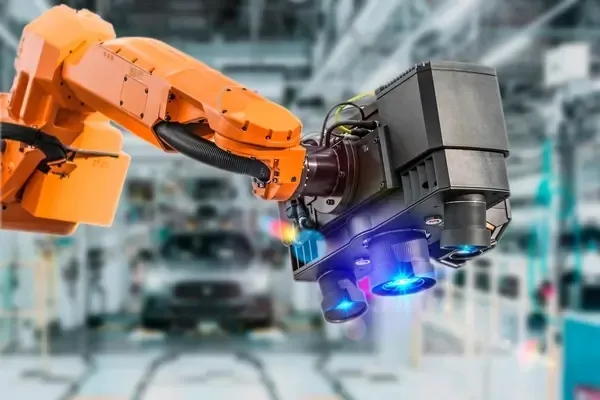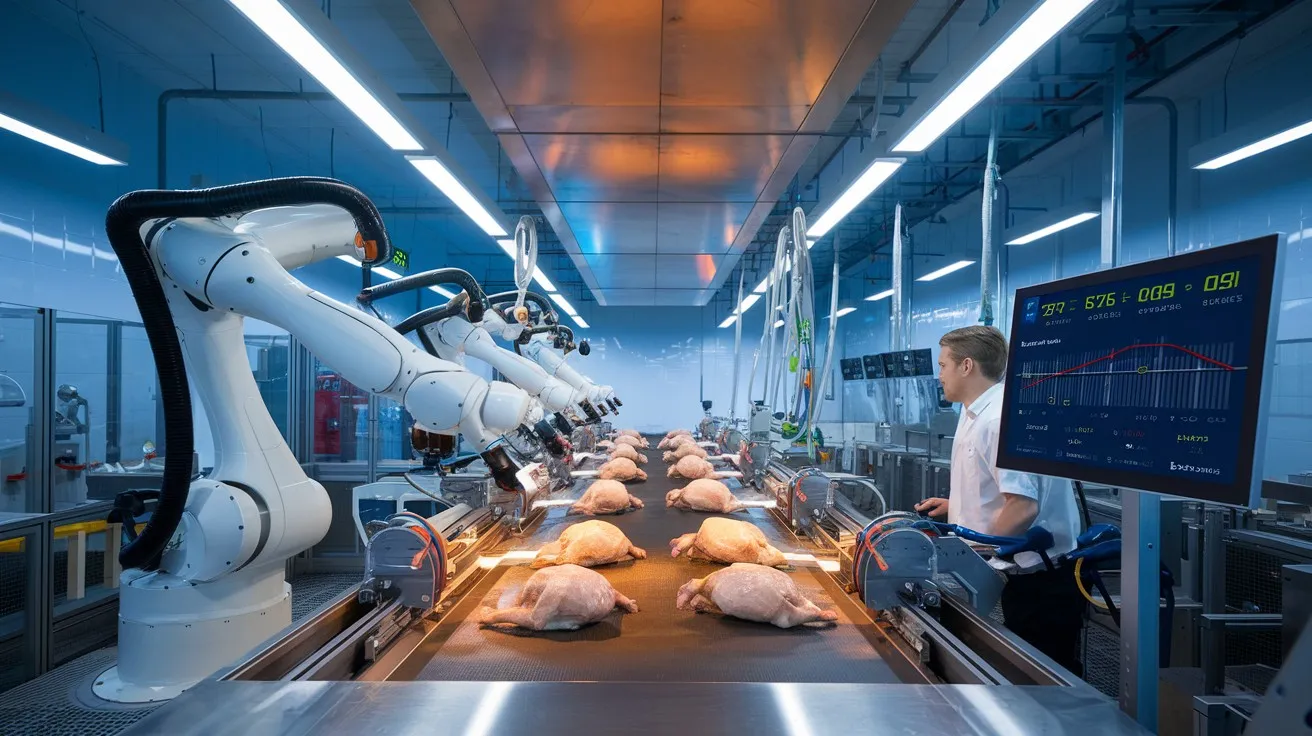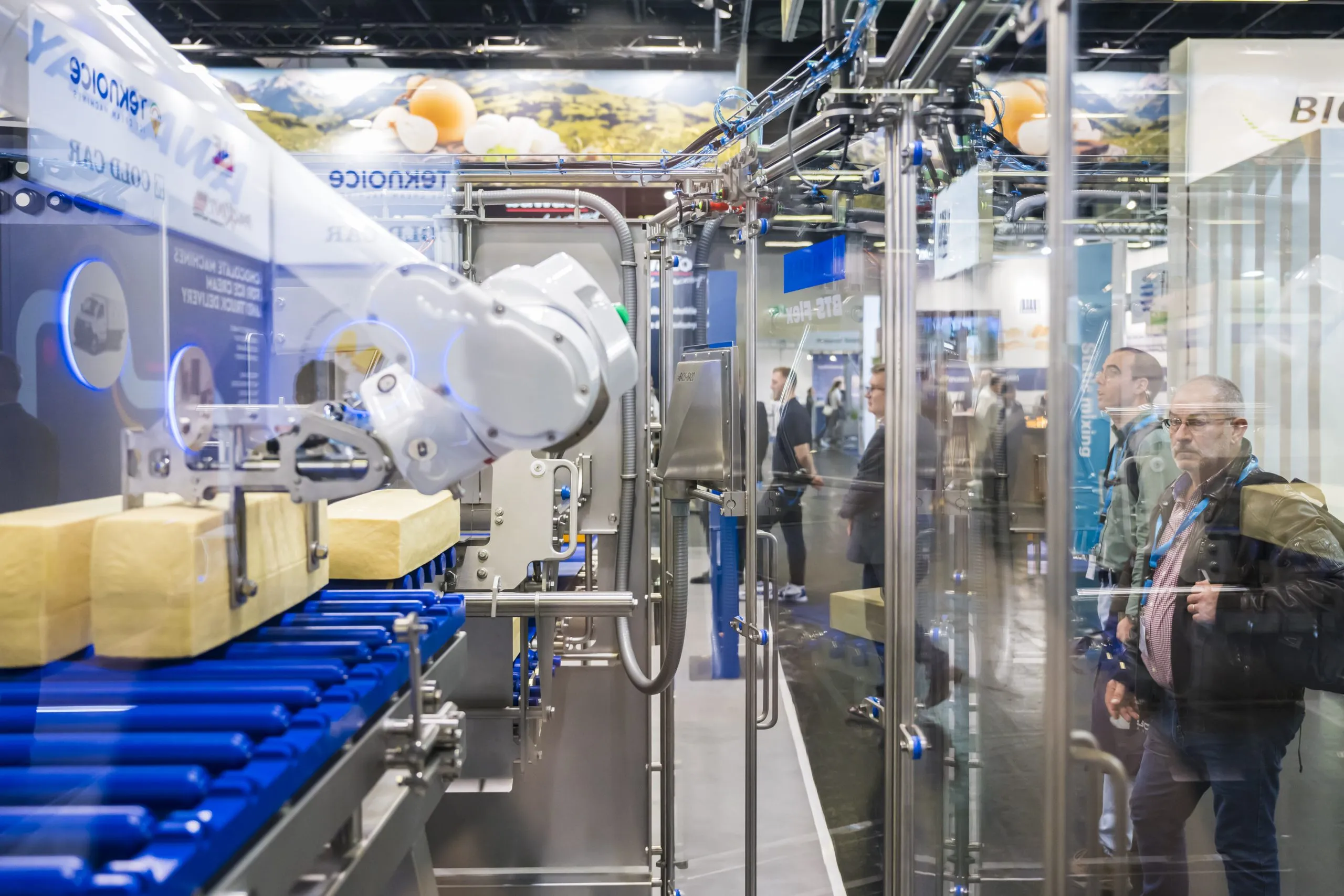
Food Processing Robots: Revolutionizing the Food Industry
The food industry is undergoing a revolutionary transformation with the integration of robotics and automation technologies. Food processing robots are increasingly becoming essential components in modern food manufacturing facilities, offering unprecedented levels of efficiency, precision, and food safety. This comprehensive article explores the various aspects of food processing robotics and their impact on the global food industry.
Types of Food Processing Robots
Food processing robots come in various forms, each designed for specific tasks and applications within the food production chain. Understanding these different types is crucial for appreciating their diverse capabilities and applications.
Articulated Robots
Articulated robots feature rotary joints and are among the most common types used in food processing. These robots typically have multiple degrees of freedom, allowing them to perform complex movements and handle delicate food items with precision.

Delta Robots
Delta robots, also known as parallel robots, are characterized by their spider-like design with three arms connected to universal joints. These high-speed robots excel at pick-and-place operations, packaging, and sorting tasks where speed and accuracy are paramount.
SCARA Robots
Selective Compliance Assembly Robot Arm (SCARA) robots are particularly effective for assembly and packaging operations. Their rigid vertical structure combined with horizontal flexibility makes them ideal for tasks requiring precise horizontal movements.
Key Applications in Food Processing
The applications of robotics in food processing are diverse and continue to expand as technology advances. Here are some of the most significant applications:
Primary Processing
Robots are increasingly used in primary processing operations such as butchering, deboning, and filleting. These tasks require precision and consistency that human workers may find challenging to maintain over extended periods.

Packaging and Palletizing
Automated packaging systems ensure consistent product presentation while maintaining hygiene standards. Robots can handle various packaging materials and adapt to different product shapes and sizes.
Quality Inspection
Advanced vision systems integrated with robotic arms can perform detailed quality inspections, identifying defects, contaminants, or inconsistencies that might escape human detection.
Benefits of Food Processing Robots
| Benefit Category | Description | Impact Level |
|---|---|---|
| Hygiene and Food Safety | Reduced human contact minimizes contamination risks | High |
| Consistency and Quality | Maintains uniform product quality throughout production | High |
| Productivity | 24/7 operation capability increases output | High |
| Labor Costs | Reduces dependency on manual labor | Medium |
| Waste Reduction | Precise processing minimizes material waste | Medium |
Technological Advancements
The rapid advancement of technology continues to enhance the capabilities of food processing robots. Several key technological developments are driving this evolution:
Artificial Intelligence and Machine Learning
AI-powered robots can learn from experience, adapt to variations in raw materials, and optimize processes in real-time. Machine learning algorithms enable predictive maintenance, reducing downtime and increasing overall efficiency.

Advanced Sensing Technologies
Modern food processing robots incorporate sophisticated sensors including 3D vision systems, tactile sensors, and temperature monitoring. These technologies enable robots to handle fragile items delicately while ensuring proper processing parameters.
Collaborative Robotics
The development of collaborative robots (cobots) has revolutionized human-robot interaction in food processing facilities. These robots can work safely alongside human workers, combining the strengths of both human dexterity and robotic precision.
Implementation Challenges and Solutions
While the benefits are substantial, implementing food processing robots presents several challenges that must be addressed:
Initial Investment Costs
The high initial cost of robotic systems can be a barrier for smaller food processing companies. However, various financing options and the decreasing cost of robotic technology are making automation more accessible.
Integration with Existing Systems
Integrating new robotic systems with existing production lines requires careful planning and expertise. Many robotics manufacturers now offer comprehensive integration services to ensure seamless implementation.

Workforce Training
The transition to automated systems necessitates workforce retraining and skill development. Companies must invest in training programs to equip employees with the skills needed to operate and maintain robotic systems.
Future Trends in Food Processing Robotics
The future of food processing robotics looks promising, with several emerging trends set to shape the industry:
| Trend | Expected Impact | Timeframe |
|---|---|---|
| Mobile Robotics | Increased flexibility in material handling | Short-term (1-2 years) |
| Internet of Things (IoT) Integration | Enhanced connectivity and data analytics | Medium-term (2-3 years) |
| Advanced AI Capabilities | Greater autonomy and decision-making | Long-term (3-5 years) |
| Sustainable Automation | Energy-efficient robotic systems | Medium-term (2-4 years) |
Conclusion
Food processing robots represent a transformative technology that is reshaping the food industry. From improving food safety to increasing production efficiency, the benefits of automation are substantial and far-reaching. As technology continues to advance, we can expect food processing robots to become even more sophisticated, accessible, and integral to global food production systems. The successful implementation of these technologies requires careful planning, investment in workforce development, and ongoing innovation, but the potential rewards make this journey essential for the future of food manufacturing.

